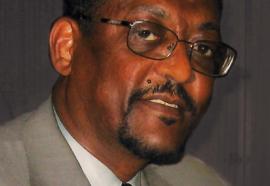People
(April 2007) FPL Group Inc. announced that Toni Jennings was elected to the company’s board of directors. Sierra Pacific Resources announced that Michael W. Yackira was elected president and COO and a member of the company’s board of directors, and Brian J. Kennedy was elected to the company’s board of directors. The board of directors of PG&E Corp. elected Thomas B. King as the corporation’s president. Energy East Corp. announced that its board of directors promoted Richard R. Benson, Robert D. Kump and F. Michael McClain. And others...







